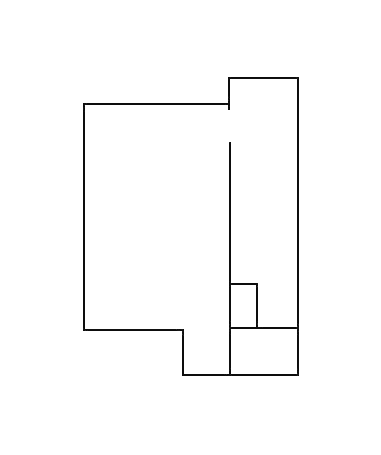Exhibition review of ‘Portrait of the Artist as a Young Sad’ by Steven Dolan
Towards a Radical Honesty
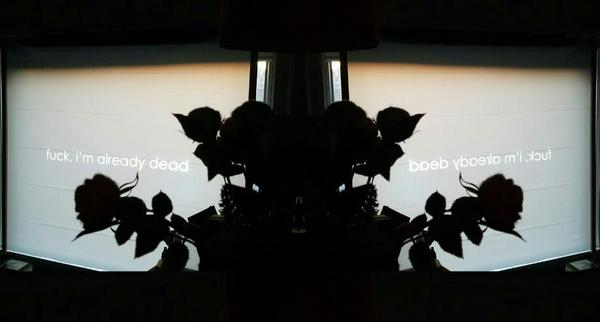
A crowd has gathered in the parking lot of the El Capitan on a Thursday night in mid-May. It’s Capitol Hill Art Walk and with the continuation of the MARQUEE series, this humble patch of concrete is buzzing with energy, but absent are the pretension and soulless schmoozing you might experience in a gallery. This feels real. There are drinks in hands, some snacks being passed around, and the vibrations of conversation encasing the crowd as they look up towards projections filling two windows separated by a floor.
One projection, “a short looped film on sadness,” displays the featured artist, Kim Selling, posed in her bedroom in variations on a slump, her fat white body demanding attention from the street and I-5 travelers. Some poses see her face down, while others are more fetal, her body communicating a limpness and a pain, disrupting the bank of images many of us have in our heads filed under nude. The screen beneath it is a loop of text pieces Kim wrote, white text on a black background called “it’s just noise.” These projections are looped in tandem for a piece called “Portrait of the artist as a young sad.”
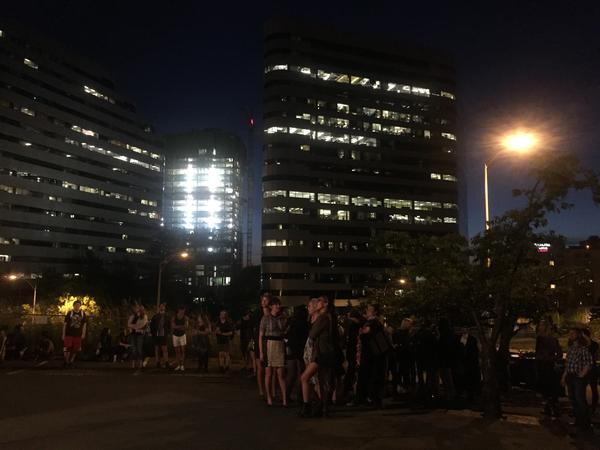
The text begins:
IT’S JUST NOISE
IT’S JUST NOISE
IT’S JUST NOISE
NARCISSISM AS COMMUNITY GIFT
is it still a panic attack if it’s yr entire life
put on clothes & eat something
Kim started the piece as a private photo series examining the toll of chronic depression, anxiety, OCD, and PTSD on her body. “Sometimes you just wanna take a bunch of photos of yourself and feel like a human and not like a lizard,” she said over drinks at Pony. Set in her bedroom, her “#1 comfort space,” the photos are an intimate peek into a private experience of pain, isolated but no doubt affected by the wider, more chaotic world. “I am posed in that way because I can’t think of myself as upturned with disorders that make me feel so downtrodden,” she said. “I’m not taking in anything, I’m actively repelling everything around me because I don’t have enough space in my body to absorb anything.”
She then paired the images with a collection of short textual phrases, “detritus” she had collected over time. As with the photos, the text is to be understood as output from the artist’s brain, which functions solely within the framework of mental disorder. With “young sad,” Kim invited viewers to take part in a communal experience of empathy. “It felt great to just be like, here’s a long daisy chain of bullshit that is just floating in my brain miasma constantly and now you get to stand here in a parking lot and stare at what the inside of my brain looks like all of the time, because guess what, it’s really dumb and gross and exhausting being me, and I bet it’s really dumb and gross and exhausting being you, so let’s just stare at it together.” In this way, Kim’s work is a vehicle, a recognition of the ways in which we are all hurt by the brutality of existence, filtered through her own experience. “Our world is survival in the face of unrelenting suffering,” she said. “We all exist within this place at different levels of such harm, and more suffering happens when we refuse to see these connections.”
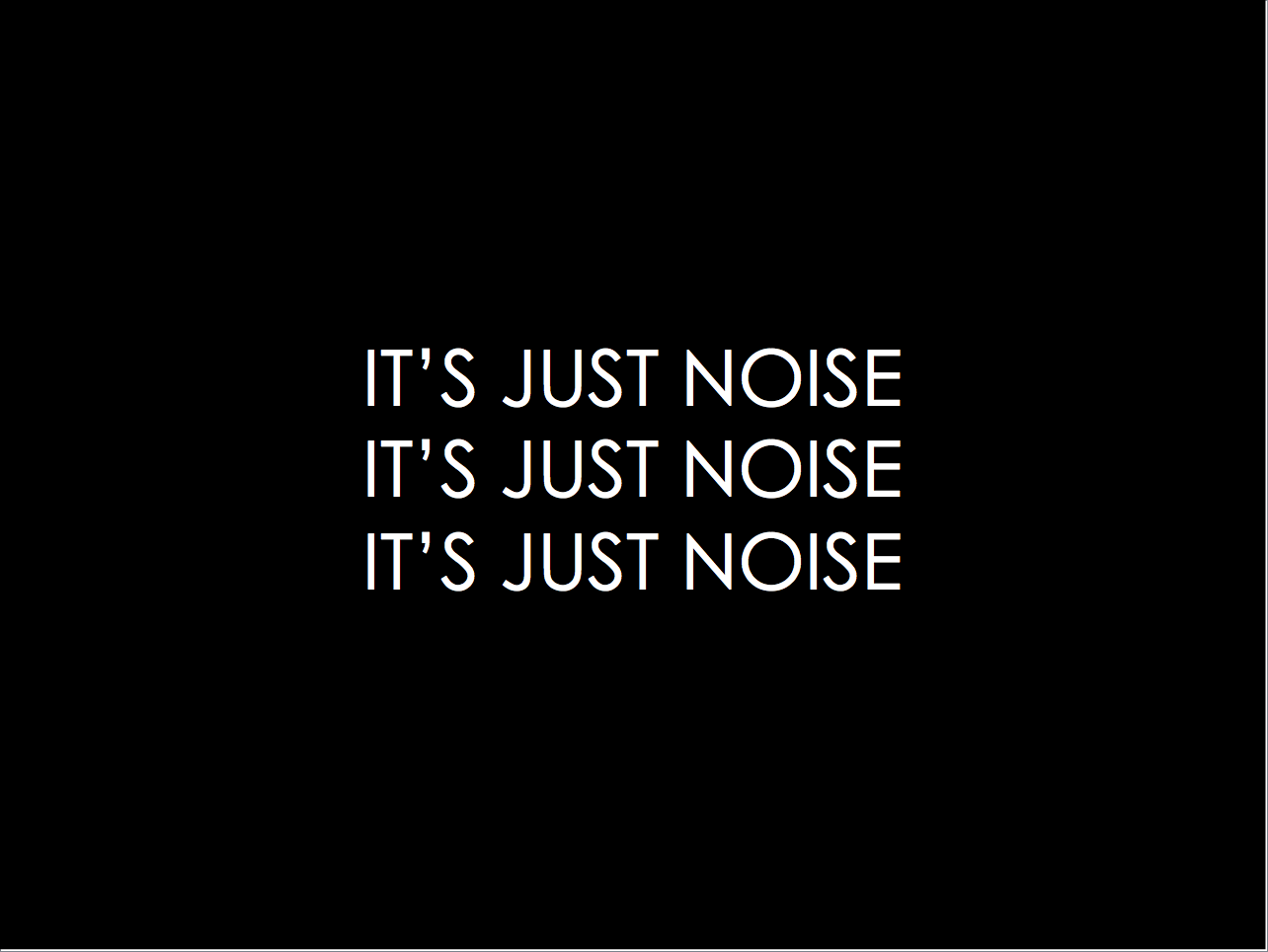
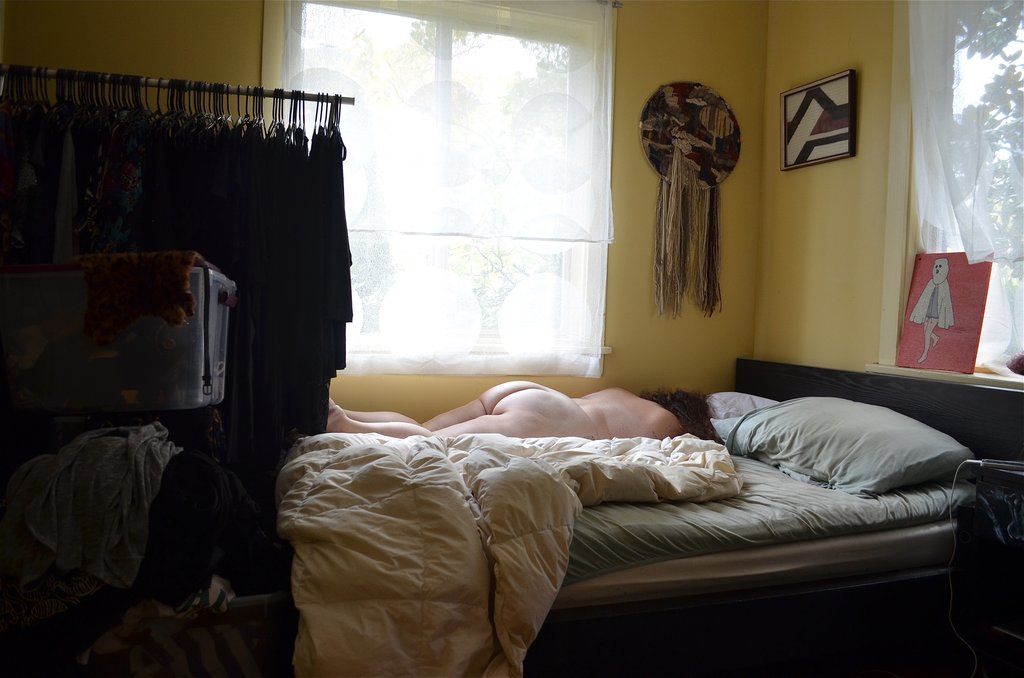
This piece is unequivocally an extension of Kim’s greater body of work, which is not centered around a specific medium or even creativity per se. Her presence on the internet, and on social media in particular, engages with current events, intersectionality, social justice, and various forms of art with biting criticality and necessary humor. A mutual friend has called her an “internet witch,” speaking to her ability to meld fields of engagement in a way that is overtly political and disembowels oppression, transforming experiences like street harassment into quips that incite laughter while the ever-present specter of a violent world hides in plain sight. Kim embraces the digital world as a venue to hone a sensibility in a space where she says “you can’t do anything wrong [creatively]. It’s just recensoring or reediting or recarving over and over again into the same space… I see it as limitless.” And whether you’re “unsure if it’s art” or not, it is creative labor that sees its continuation in “young sad.” In recreating moments of discovery she experienced through social media, Kim extends the visibility of fat queer bodies, representation that is life-affirming. Further, in utilizing the language of digital relationality, a kind of distanced, oblique authenticity, she speaks to a deeper truth.
By adopting the formal qualities of advertising via its projection, “young sad” steals from capitalist strategy to advance an ethic in which the market is absent. Within a capitalistic gaze, Kim’s body and words are antithetical to production. By employing them in this framework, she subverts this gaze by “selling” a radically human way of relating, one that is based in honesty and critical of conventional power structures. In the same way, “young sad” offers an alternative to the arts community’s self-propagating obligation to the production line. In directly connecting art and depression (see: “‘nobody cares’—a support group for young creatives,” “the loudest voices in yr head are always the ones that don’t support u”), Kim critiques the idea that one both should and can be constantly productive as an artist: you made me feel guilty for not working hard enough, here you go.
In experiencing “young sad,” rigor and tenderness coalesce. Kim is assertive in her use of vulnerability as a tactic, though it had not occurred to her as such given her identity and the emotional labor that it regularly demanded of her. “I think that for my own purposes, I’ve militarized vulnerability and I am so actively emotionally compartmentalizing everything that comes within view of my forcefield.” It is through the reclaiming of her narrative that this vulnerability becomes harnessed, rather than left to the vultures. “You are often sharing without even realizing it. Especially as a fat femme, my body is public domain and I didn’t choose that, but it’s always been that,” she said. “I choose to own it and steer it as I may, rather than myself being steered by public opinion.” It is in this space of volition and self-revelation, gifted narcissism if you will, that we are able to connect with each other at our most essential.
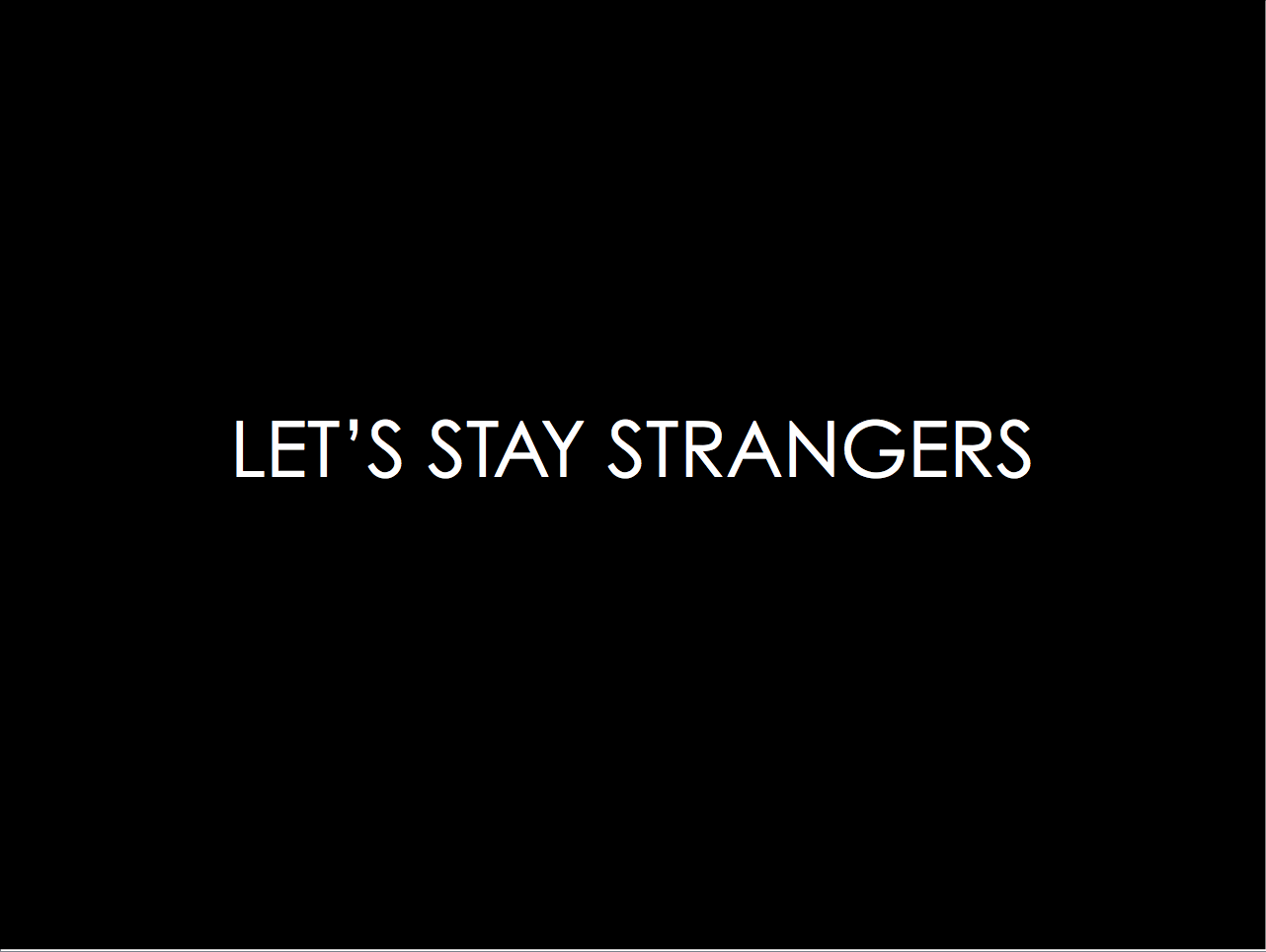
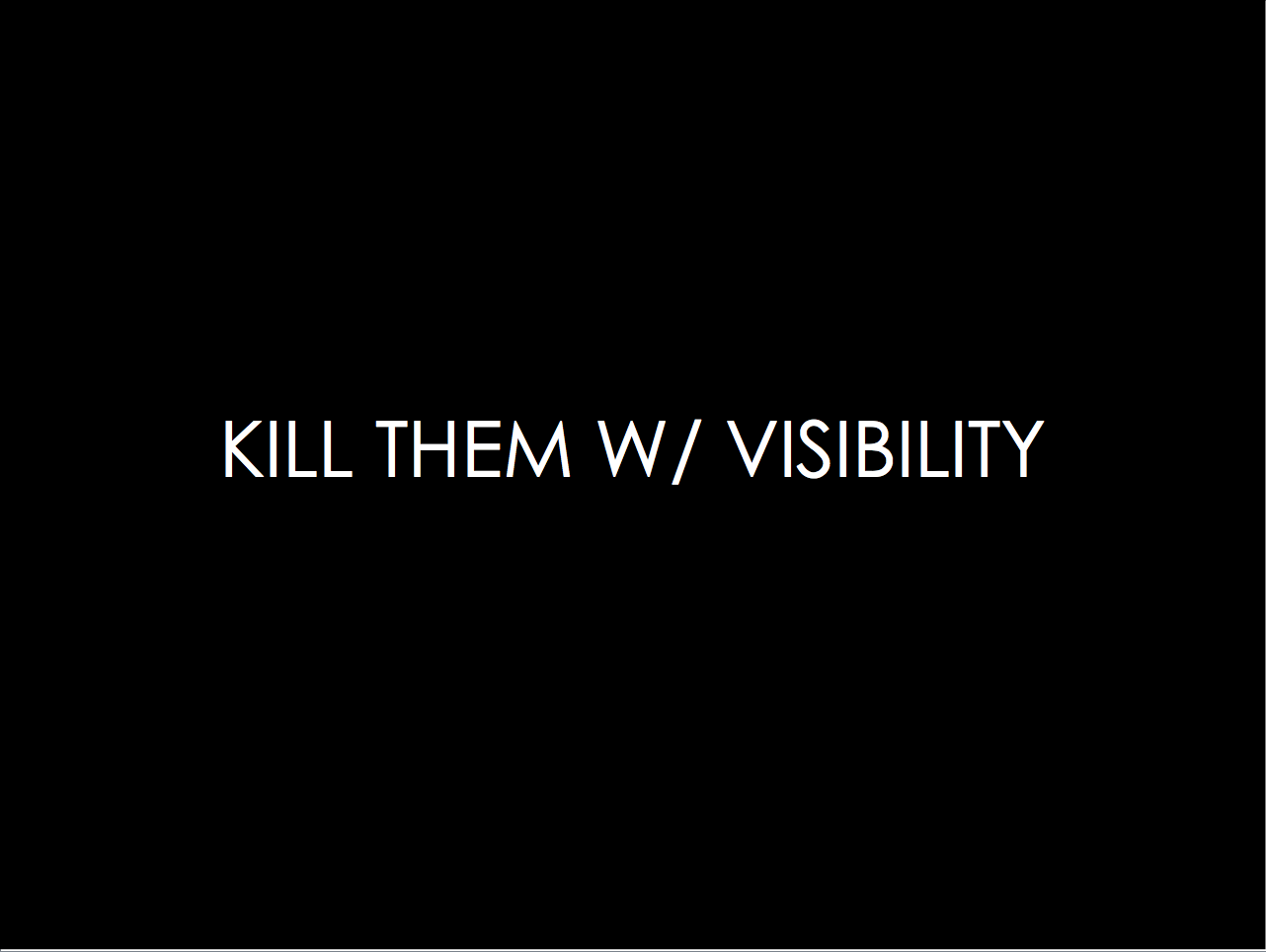
Artwork by Kim Selling
Images of Installation by Lindsey Apodaca & Sierra Stinson
